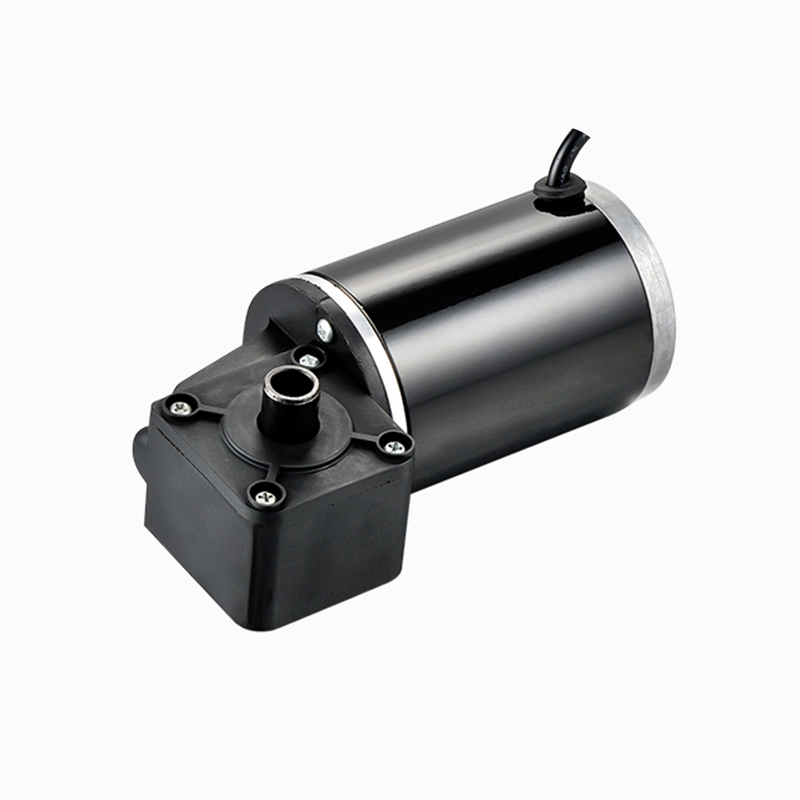Call us
+86-18023576732
+86-0579-89008006
Fax: +86-0579-82206899
DC brushed motors and brushless motors are two of the commonly used electric motor types in various applications, ranging from consumer electronics to industrial machinery. Each technology offers unique benefits and drawbacks that influence its suitability for different tasks. This article explores the key advantages and disadvantages of it compared to brushless motors, providing insight into when and why each type might be preferred.

Simplicity and Cost-Effectiveness
One of the primary advantages of the DC brushed motor is its simple design. The motor uses brushes and a commutator to transfer electrical current to the rotating armature, which eliminates the need for complex electronic controllers. This simplicity causes lower initial costs both in manufacturing and maintenance. For applications where budget constraints are critical and basic motor functions suffice, it remains a popular choice.
Ease of Control and Integration
DC brushed motors offer straightforward speed and torque control by varying the applied voltage or adjusting resistance. This ease of control makes them ideal for applications requiring simple and direct operation without advanced electronics. Additionally, their compatibility with existing mechanical systems and minimal wiring complexity allows for easier integration into legacy equipment.
Maintenance Requirements and Wear
A notable disadvantage of the DC brushed motor lies in its mechanical brushes and commutator, which are subject to wear over time. This wear necessitates regular maintenance and eventual replacement of brushes to ensure suitable performance. The friction caused by brushes also generates electrical noise and heat, potentially limiting the motor’s efficiency and operational lifespan compared to brushless designs.
Efficiency and Performance
Brushless motors typically outperform DC brushed motors in terms of energy efficiency and heat dissipation. Without brushes causing friction losses, brushless motors can achieve higher speeds and smoother operation, with less noise and vibration. In contrast, it tends to have lower efficiency, especially at higher speeds, due to brush friction and electrical losses, which can translate to higher operating costs over time.
Durability in Harsh Environments
Brushless motors generally exhibit greater durability and reliability in demanding environments since they lack brushes prone to wear or sparking. DC brushed motors, on the other hand, may struggle in dusty, moist, or high-vibration settings where brush degradation accelerates. However, in less severe environments or where easy maintenance is feasible, it can still provide dependable service.
Size and Weight Considerations
In terms of size and weight, DC brushed motors can be more compact and lighter for certain power ratings due to their simpler construction. This advantage makes them suitable for portable devices or equipment where space and weight constraints are important. Brushless motors often require additional electronic components for commutation, potentially increasing system complexity and footprint.
Applications and Suitability
Due to their characteristics, DC brushed motors are often found in lower-cost consumer appliances, toys, automotive accessories, and basic industrial tools. Brushless motors are favored in precision instruments, drones, electric vehicles, and other high-performance systems where efficiency, longevity, and low maintenance are priorities.
Conclusion
The choice between a DC brushed motor and a brushless motor depends largely on the application requirements, budget, and maintenance capabilities. While they offer simplicity, low cost, and ease of control, they come with trade-offs in efficiency, noise, and durability. Brushless motors provide good performance and reliability, but at a higher initial cost and increased complexity. Understanding these differences helps engineers and users select the appropriate motor type for their specific needs.
Contact Us